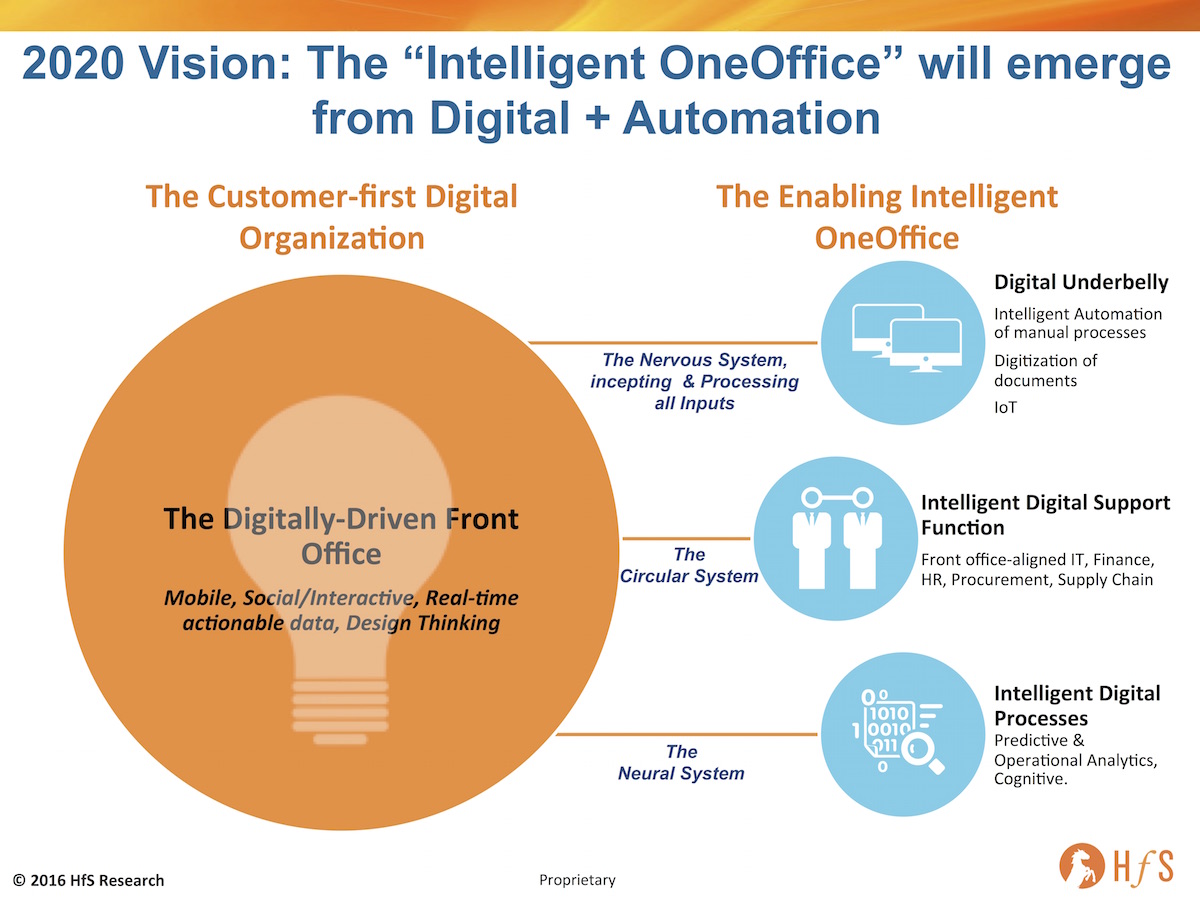
One of the business mantras we hear far too often is the concept of “fail fast”, but like other all-or-nothing business slogans, it’s majorly flawed. Although digital technology is disrupting many industries and business processes, “failing fast” is not a great approach to decision making: yes or no, or on or off is too simplistic. Decision making needs to be more analogous, much more nuanced, based on real context, and, most importantly, real-time data.
That said, failing is vital to any business, but simply failing and moving on to the next idea? Throwing your business thoughts against the wall and seeing what sticks, like some perverse infinite monkey approach, is not smart. Failing and limiting the damage from a dead-end pursuit is a good idea, but the real value of failure is what you learn , and how your subsequently apply that learning experience to your business. This is what provides the value.
You may have seen the OneOffice operating model that Phil has shared on his blog here.
The goal of the OneOffice is to engineer processes to ensure that the whole of an organization is greater than the sum of its parts. Any system, within any organization, is likely to become inefficient or will require maintenance or over haul at some point. The issue with current business practices in many industries, is their systems and processes have typically been operated using closed feedback loops.
The “innovation cycle” in legacy traditional business models has been driven by the experience of business leaders who have not had the benefit of accessing and interpreting the vast amount of data – particularly around the cause and effect of changes to business practices. The biggest change driven by Digital is not the better interaction or access to new markets, but analyzing real-time data from interactions right across the customer, supplier and employee value chain to make informed decisions on the future. It gives companies instant (or near instant) feedback on its decision making loops – which can be used to create a massive open feedback loop for decision making that helps business leaders create their markets, not simply react to historical facts.
In such a feedback loop, the impact of changes made, at any part in the system, can be tracked and analyzed. This data can determine, for example, when and how products are launched, the level of training a new product will require – and perhaps, more importantly, whether this strategy was correct. The open feedback loop is the heart of Design Thinking and the key to successful OneOffice schema. All parts of the organization are joined so cause and effect can be judged. Failure can be measured and learned from. Equally, the real reasons for success can be measured and replicated.
The Bottom Line: Embrace your mistakes – and Learn from them
The most important feature of Design Thinking, or any business system designed to drive data driven decisions, is to create a culture where mistakes are embraced and learned from, rather than hidden and repeated. A good example of this is the “Aggregation of Marginal Gains” ethos used by the British Cycling team, which helped it go from 2 medals in the 2004 Olympics to 12 in 2016 (6 of which were gold). The assumption being that any process can be improved. When you look at a system as a whole it’s hard to see how to improve it, but if you look at the components it’s easy to see how small improvements can be made. When a customer outcome isn’t as good as it could be, what can be done to make it better?
Posted in : Design Thinking, OneOffice, smac-and-big-data







